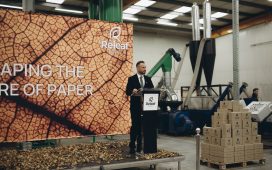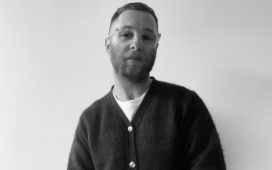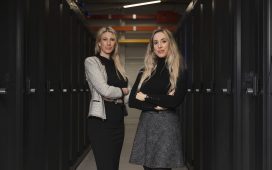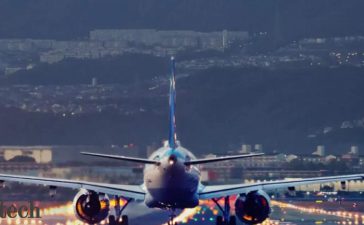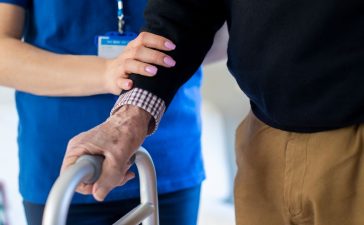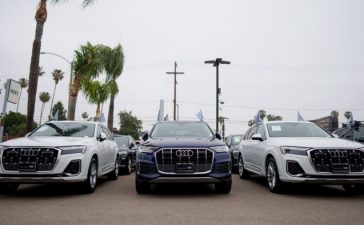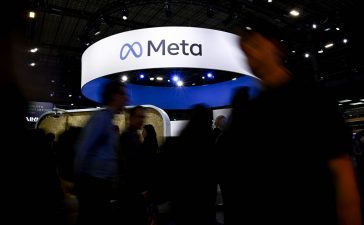Dutch startup “The Great Bubble Barrier” has
been building “air curtains” and removing tons of
plastic from rivers since 2017. The technology is simple and
promising. With the help of pipes in the water, a curtain of
air is formed. Fish and other river dwellers can swim
through it, while plastic waste is
intercepted.
The Amsterdam-based startup has
been working on the technology behind the so-called
“bubble barrier” for seven years. Initial pilot tests
started in spring 2017, and the first filter system has been
in place on the River IJssel in the Netherlands since
November of the same year. Even tiny pieces of plastic with
a diameter of one millimetre can be fished out of the water
with it. The startup is currently testing whether even
smaller plastic particles, i.e. less than 0.05 millimetres,
can be filtered with the air barrier.
Simple
technology, clean rivers, healthy people
The way the
air barrier works is simple. Pipes at the bottom of a river
or canal pump air into the water. Combined with the current,
the plastic pollution is collected together on one bank.
From there, the plastic goes into a collection system. Then
the trash is separated and can be disposed of properly. The
start-up’s
invention would also be great outside the Netherlands,
because Austria’s rivers are also full of trash.
The
WWF reports that almost two-thirds of Austria’s waters
need to be “cleaned up.” Only 15 percent are still in
“very good” condition, the paper states. Reasons for the
pollution include the heavy construction density of some
regions, as well as the industrial usage – such as sewage
disposal or cargo shipping – of rivers. Environment
Minister Gewessler (Green Party) complained about the
“littering of our environment and waters”, but the
interim report of the “Action Plan Microplastics” is
still pending.
A stream of air bubbles propels the
trash into a collection bin (Photo: The Great Bubble
Barrier®)
Nearly 80 percent of plastic pollution
in the sea comes from rivers
The technology from
Holland not only holds promise for cleaning up freshwater
streams, but also contributes to the cleaning of the oceans.
Around 80 percent of plastic in the world’s seas comes
from rivers. Currently, it is estimated that there are
between 100 and 150 million tons of trash in the oceans.
More than three-quarters of this is plastic. Every year,
rivers wash between five and thirteen million tons more into
the seas. Four million tons come from just ten major
streams.
“WE TESTED FOR SIX
MONTHS IN AMSTERDAM, AND DURING THIS PERIOD WE REMOVED
AROUND 85 KILOGRAMS OF PLASTIC PER MONTH FROM THE WATER,”
SAY THE FOUNDERS OF “THE GREAT BUBBLE
BARRIER.
Projected over a
year, that’s more than a ton of plastic waste. This is
good not only for the environment,
but also for people. Because the trash doesn’t just stay
in the water. Fish and other sea creatures eat the plastic
pollution. These then get back into the human organism via
food, and there the – so called – microplastics can even
lead to hormonal changes. Clean oceans, intact environment,
healthier people – that seems to be the promise of the air
curtain technology from the Netherlands.
This work
is licensed under the Creative
Common License. In case of new republication,
please cite https://neuezeit.at/startup-reinigt-fluesse//
as the Source/Author and set a link to the article in
English: https://scoop.me/the-great-bubble-barrier/ The
rights to the content remain with the original
publisher.

